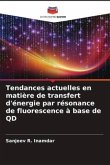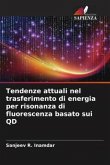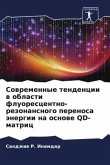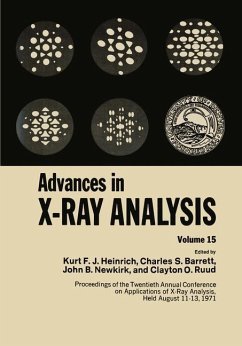Nanostructures have become most popular as novel class of fluorescent labels for biology and medicine in addition to their established applications in the scientific and technological arena. Semiconductor quantum dots (QDs) such as CdS, CdSe, CdTe, CdSe/ZnS, CdTe/ZnS, etc. have been successfully used as biocompatible fluorescence resonance energy transfer (FRET) donors. This book, combined research work of all authors, reports FRET between a few core-shell QDs and organic fluorescent dyes with a view to comprehend the influence of size and composition of the QDs on the spectral overlap and FRET parameters using fluorescence spectroscopy. Results reported herein illustrate the dependence of Forster distance on spectral overlap which in turn is a function of size of QDs as well as their composition. Transfer efficiency is seen to depend on spectral overlap, but not as predicted by Forster's theory owing to possible key role played by the surface states of QDs. It is demonstrated that QDs can act as acceptors too in FRET with biomolecules as donors. This book will be useful for researchers who are keen to explore the numerous exciting avenues that semiconductor based FRET can offer.








